Search
Did you mean: Vinland?
Search Results
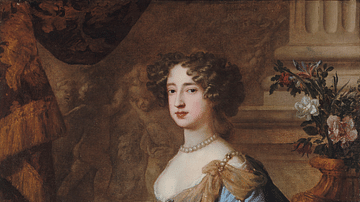
Definition
Mary II of England
Mary II of England (r. 1689-1694) ruled jointly with her husband William III of England (r. 1689-1702) until her death from smallpox. While William suffered a xenophobic reaction to his rule, Mary represented the continuity of the Royal House...
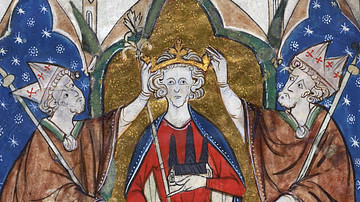
Definition
Henry III of England
Henry III of England ruled from 1216 to 1272 CE. The son of the unpopular King John of England (r. 1199-1216 CE), Henry was immediately faced with the ongoing Barons' War which had been fuelled by discontent over John's rule and his failure...
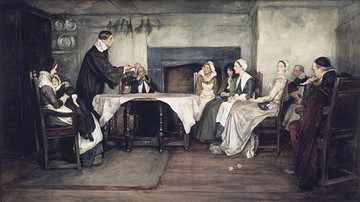
Article
Winthrop & Williams: Religious Persecution & Freedom in New England
The Puritans who settled New England claimed they came to the New World for religious freedom but, once settled, made it clear that this freedom was for themselves only and dissent would not be tolerated. Although the most famous example...

Article
Diversity in Church Architecture in Medieval England
Medieval English churches differed in size and layout. Their original and evolving role(s), financial and material resources, and architectural fashions helped determine variability. However, their look ultimately grew from a constant symbiosis...

Collection
Daily Life in Tudor England
Life in 15th century CE Tudor England witnessed great changes as Henry VIII of England (r. 1509-1547 CE) swept away the monasteries and challenged the Catholic Church. Rebellions followed and even the Tudor line was threatened before Mary...

Article
Clothes in Medieval England
As in just about any other period of history, clothing in the Middle Ages was worn for necessity, comfort, and display. Bright colours and rich decorations made for a striking medieval wardrobe, at least among the wealthy, although there...
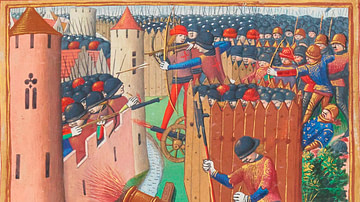
Collection
France v England: The 100 Years' War
There was a bitter rivalry between France and England throughout the 14th and 15th century CE and their frequent battles in this period are now known to history as the Hundred Years' War (1337-1453 CE). In this collection of resources, we...
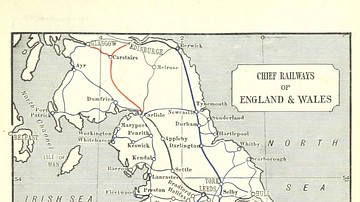
Image
England & Wales Railway Network, 1898
A map showing the railway network in England and Wales in 1898. From Pitman's Commercial Geography of the World, London, 1898. (British Library, London)
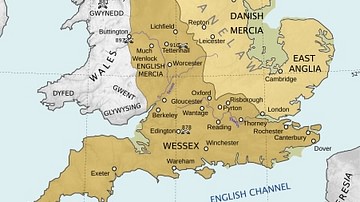
Image
England Around 910 CE
Map showing England around 910 CE, showing among others the Viking territories under the Danelaw as well as the English kingdoms of Mercia (at this point in time ruled by Aethelred, Lord of the Mercians (r. 881-911 CE) and Wessex.
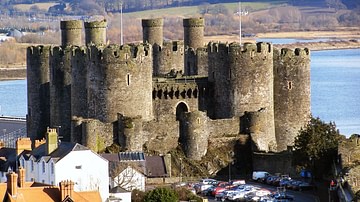
Collection
10 Great Castles in England & Wales
The Norman Conquest of 1066 CE brought sophisticated motte and bailey castle architecture to England but it was really in the 12th and 13th centuries CE that stone castle-building reached its zenith. Edward I of England (r. 1272-1307 CE...